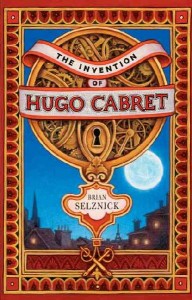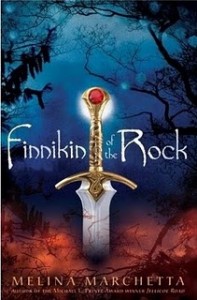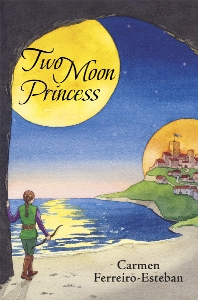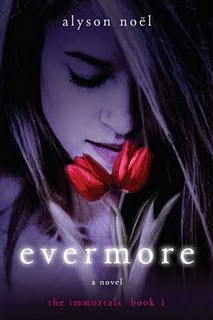This is one of the most artistic, original young readers’ books I’ve had the privilege to enjoy in a while. Using some true historical figures and some fascinating real items, Brian Selznick incorporates features of graphic novels, film, picture books, and regular young-adult novels into his unique format. No wonder it won the 2008 Caldecott Medal.
Selznick must have put an incredible amount of work into this 500-page tome. It’s filled with gorgeous black-and-white pencil drawings (more than half of the book’s pages), the sequence and makeup of which often bring to mind watching a film, which is what Selznick intended. Not to mention the story itself, which is not just an appendage to the stunning art, but a fine work in itself.
The hero of the novel, Hugo Cabret, is a 12-year-old orphan living in a train station in 1930s Paris. He comes from a line of talented horologists, or clock repairmen. He, like his father and uncle, is talented with his hands, able to fix any small mechanism. His current project — obsession — is to fix an automaton, a complex machine that is built to look like a little man and that can write or draw or perform other intricate tasks. The automaton was a project of his father’s before he died. Now he must find parts to allow him to fix it.
His search for parts usually involves stealing. This brings him into contact with a strange, somewhat mysterious old man who runs a toy shop in the train station, and a girl his age who often is there. He eventually solves the mystery of the automaton, learning much more in the process than he ever bargained for.
The story is poignant, intriguing, and almost educational, and the drawings are beautifully evocative of the time period and location of the book, as well as the personality and difficult situation of Hugo. Despite the heft of the book, it is a pretty quick read. But don’t speed through the pictures — savor them as they were meant to be savored. A novel like this doesn’t come along all the time.
Rated: None. No significant uses of language or other offensive content.




